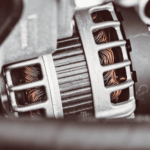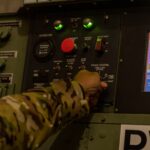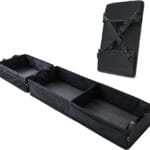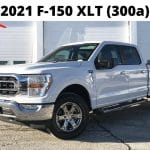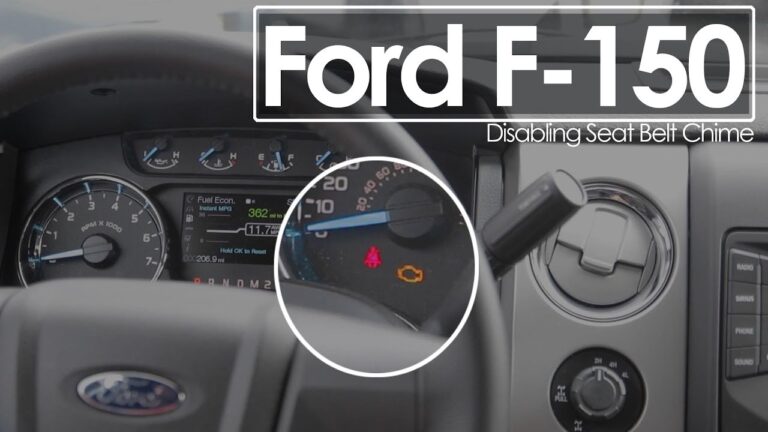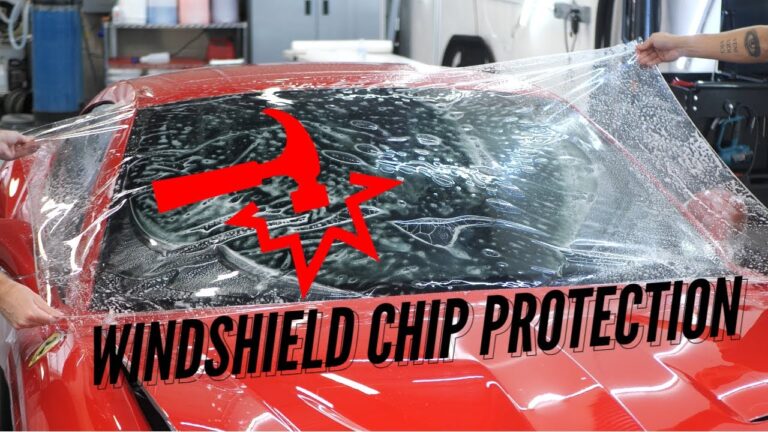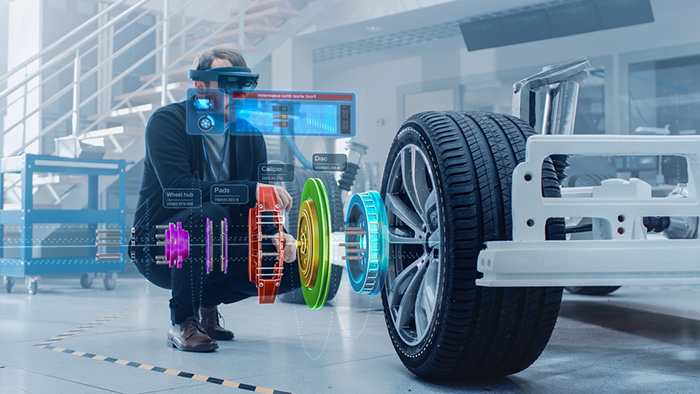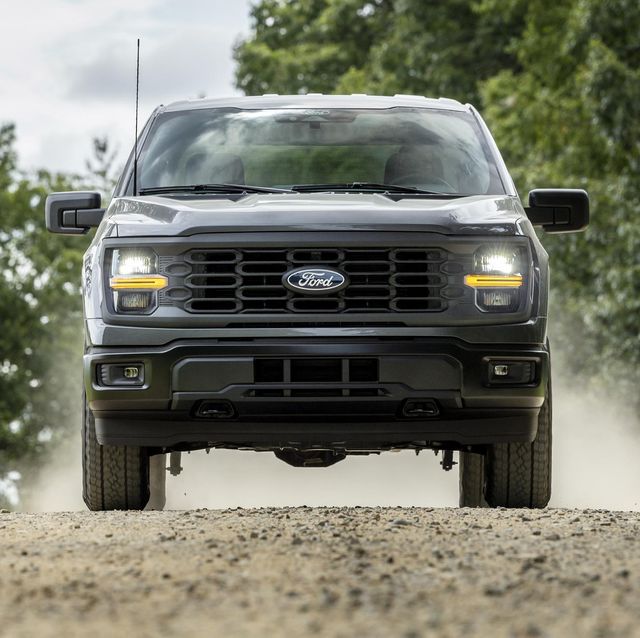How Big of Tires Can I Fit on My F150? A Comprehensive Guide
If you own an F150, you’re likely no stranger to the allure of customization. From performance enhancements to aesthetic upgrades, there’s a world of possibilities. One of the most popular modifications for F150 owners is upgrading tire size. Larger tires can transform the look and performance of your truck, but it’s essential to understand the limits and considerations before making this change.
In this comprehensive guide, we’ll explore how big of tires can I fit on my F150, taking into account factors like performance, legality, and customization preferences.
Understanding Tire Size
Tire sizes may seem like a cryptic code, but they convey critical information about your tires. For instance, consider a typical tire size designation, such as P265/70R17. Let’s break it down:
- P indicates the tire is for passenger vehicles.
- 265 represents the tire’s width in millimeters.
- 70 is the aspect ratio, indicating the tire’s sidewall height as a percentage of its width.
- R signifies the tire’s construction as radial.
- 17 denotes the wheel diameter in inches.
This numerical code helps you understand the tire’s dimensions, which, in turn, affect your vehicle’s performance and appearance.
Stock Tire Size vs. Upgraded Tire Size
Before venturing into larger tire sizes, it’s crucial to know your truck’s stock tire size. You can find this information in your owner’s manual or on a sticker inside the driver’s side door. Stock tires are selected to ensure optimal performance and safety for your specific F150 model.
Upgrading to larger tires offers several advantages:
- Enhanced Ground Clearance: Larger tires raise your truck’s ride height, increasing ground clearance. This is particularly beneficial for off-roading adventures.
- Improved Traction: Wider and taller tires often provide better traction, especially on challenging terrains.
- Aesthetic Appeal: Let’s face it—larger tires can give your F150 a more aggressive and imposing look.
However, there are considerations to keep in mind:
- Speedometer Accuracy: Changing tire sizes can affect your speedometer accuracy. Larger tires cover more ground per rotation, potentially making your speedometer read slower than your actual speed. To remedy this, you can recalibrate your speedometer.
- Gear Ratio: Larger tires may necessitate adjusting your truck’s gear ratio to maintain optimal power and fuel efficiency. Consult with a professional mechanic for guidance.
Factors Influencing Tire Size

Several factors influence how big of tires you can fit on your F150:
Suspension Modifications and Lifts
If you’re planning on installing larger tires, consider modifying your truck’s suspension or adding a lift kit. A lift kit increases the distance between your truck’s frame and the ground, allowing for more significant tire clearance. Keep in mind that suspension modifications should be done carefully to maintain ride quality and safety.
Legal Regulations and Guidelines
Check local regulations regarding tire size modifications. Some jurisdictions have specific rules regarding tire size changes, and exceeding these limits could result in fines or other legal issues. Be sure to stay within the legal limits while customizing your F150.
Fender Clearance and Wheel Offset
Inspect your F150’s fender clearance, as well as the wheel offset, which determines how far the wheel sits inside or outside the wheel well. Larger tires may require adjustments or aftermarket fender flares to prevent rubbing against the fenders.
Impacts on Speedometer Accuracy and Gear Ratio
As mentioned earlier, larger tires can affect your speedometer accuracy and may require recalibration. Additionally, consult with a mechanic or expert about potential gear ratio adjustments to ensure your truck performs optimally.
Measuring and Calculating
To determine how big of tires you can fit on your F150, start by measuring your existing tire size accurately. Here’s how:
- Measure Your Existing Tires: Grab a tape measure and measure the height and width of your current tires. Write down these measurements.
- Calculate Potential Upgrades: Use these measurements to calculate potential tire size upgrades. You’ll want to consider both height and width. Keep in mind that the new tires should fit within your wheel wells and offer ample clearance.
- Consult Online Calculators: Online tire size calculators are valuable tools. They allow you to enter your current tire size and desired upgrade, providing information on size differences and potential impacts on your vehicle.
Common Tire Sizes for F150
While the range of tire sizes available is vast, there are several common tire sizes for F150s that offer a balance between performance, aesthetics, and practicality:
- P265/70R17: A popular choice for many F150s, providing a good balance of on-road and off-road capabilities.
- LT275/65R18: Slightly larger and wider, offering improved traction and a more aggressive look.
- LT285/70R17: Considered an ideal size for off-roading, providing ample ground clearance and durability.
- LT305/55R20: A larger size suitable for those who prioritize a rugged appearance and off-road performance.
These common sizes serve as a starting point, but you can explore a range of options based on your preferences and intended use.

Off-Roading vs. On-Road Driving
Your choice of tire size should align with your driving habits and needs. Larger tires are often favored for off-roading adventures due to their increased ground clearance and traction. However, it’s essential to strike a balance if your F150 serves as a daily driver.
Keep in mind that larger tires can result in a harsher ride, reduced fuel efficiency, and increased road noise on paved surfaces. Therefore, consider your primary usage when choosing a tire size.
Tire Brands and Models
The brand and model of tires you select also play a significant role in your F150’s performance. Reputable tire manufacturers offer a wide range of options, including all-terrain, mud-terrain, and highway tires. Consider factors such as tread pattern, sidewall strength, and load-carrying capacity when choosing the right tire for your needs.
Some well-regarded tire brands for F150s include Michelin, Goodyear, BFGoodrich, Toyo, and Nitto, among others. Consult with tire experts or read reviews to find the best fit for your truck.
Installation and Maintenance
Installing larger tires on your F150 requires precision and expertise. It’s recommended to have this done by a professional mechanic or tire specialist. They can ensure proper fitment, alignment, and balance to avoid issues like rubbing or uneven wear.
Maintenance is crucial to preserving your tires’ performance and longevity. Regularly inspect them for signs of wear, check the tire pressure, and schedule routine rotations and alignments as recommended by the manufacturer.
Legal and Safety Considerations
Before proceeding with a tire size upgrade, it’s essential to understand the legal and safety considerations. Check local regulations to ensure that the tire size you intend to install complies with the law. Deviating from legal limits can result in fines or vehicle impoundment.
Furthermore, safety is paramount. Ensure that the larger tires you choose maintain the structural integrity and handling characteristics of your F150. Improperly sized or installed tires can compromise safety, leading to accidents or vehicle damage.
Conclusion
Upgrading the tire size on your F150 is a thrilling customization option that can enhance both appearance and performance. However, it’s not a decision to be taken lightly. Understanding the limits, considering the factors discussed in this guide, and consulting with experts are all crucial steps in making an informed choice.
Ultimately, the right tire size for your F150 depends on your specific needs and preferences. Whether you prioritize off-roading capabilities, an aggressive look, or on-road comfort, there’s a tire size that can help you achieve your goals. Remember that safety and legality should always be top priorities, ensuring that your customized F150 not only looks great but also performs reliably and responsibly on and off the road.
FAQ:
Can you fit 35 inch tires on a stock F150?
Fitting 35-inch tires on a stock F150 may require modifications for proper clearance. Check your truck’s specifications and consider a leveling kit if needed.
What size tires look good on F-150?
Tire size aesthetics are subjective. Popular sizes like 33 or 35 inches often complement the F-150’s appearance, but choose based on your style preferences.
Is it OK to put bigger tires on my truck?
It’s acceptable to use larger tires if done correctly. Ensure they fit within legal limits, maintain safety, and consider any necessary modifications.
How big of a tire can I fit on my truck without a lift?
The largest tire size without a lift depends on your truck’s make and model. Consult your owner’s manual or a mechanic for guidance.


